We all know that trees and plants help offset pollution and clean toxins in the air. So, would indoor plants do the same with indoor air? Let’s explore how plants purify the air—and we’ll list the 10 best air-purifying houseplants for your home
About Indoor Air
Today, Americans spend up to 90% of their time indoors, often in places with little or no ventilation. The air inside our super-insulated modern homes and offices can be unhealthy due to harmful chemicals called “volatile organic compounds” (VOCs), which can cause medical problems.
Indoor pollutants come in two major varieties: 1) particulates such as dust, mold spores, and pollen; 2) volatile organic compounds (VOCs) are gases released from paints, fabrics, wallpaper, carpeting, plastics, and solvents commonly found in most homes. Even household chemicals, such as bleach, ammonia, detergents, furniture polish, carpet cleaners, and moth balls, give off harmful gases.
Filters can effectively trap particulates, but airborne chemicals are difficult to eliminate unless we remove the source.
How Plants Purify the Air
Outside, trees and plants clean the environment of pollutants. They are natural air filters, cleaning the air by absorbing carbon dioxide (Co2) and releasing oxygen (O2), which humans and living beings use to breathe.
Beyond carbon dioxide, plants can purify the air from harmful pollutants such as VOCs, carbonyl, particulate matter, organic compounds, nitrates, sulfates, ammonia, calcium, ozone, and carbonate.
Plants can absorb these airborne chemicals through their foliage, break them down in their root systems, and turn them into sugars, amino acids, and other useful “building blocks” of life.
While plants can help remedy air pollution outdoors, how does this translate to plants indoors?
Several studies have shown that indoor plants enhance air quality, remove pollutants, and reduce the spread of bacterial and fungal infections. However, other studies conclude that you’d need a lot of plants to make this happen.
- Back in 1989, a NASA Clean Air Study tested 19 different species of plants to see if they would effectively clean the air. They found that in just 24 hours, the leaves and roots of the plants removed up to 87% of the formaldehyde, benzene, and trichloroethylene from the air, while oxygen was returned to the room.
- But then, a 2019 study by the Journal of Exposure Science & Environmental Epidemiology concluded that the effect of indoor plants on indoor VOC levels has been a bit overblown. While they do purify the air, you’d need 100 to 1,000 plants for every 10 square feet to start making a measurable difference.
- A 2008 study in India showed that workers in plant-filled office buildings had 24 percent fewer headaches, 52 percent less eye irritation, 34 percent fewer respiratory conditions, and a 12 percent higher lung capacity than workers in plantless environments.
- A study in 2012 supported the NASA study, showing that indoor plants improve air quality in schools and make indoor spaces healthier.
Bottom line: Plants do indeed purify the air, but you’d probably need a bigger house! All we’re hearing is that we must go to the nursery to buy more houseplants! Perhaps 200 plants!
Joking aside, don’t let this discourage you from adding a houseplant or two. Every little bit helps! Maybe it’s more about the earthy smell of the soil, the extra humidity, or the scent of the leaves, but isn’t there something stale about a house without plants?
10 Best Air-Purifying Plants
Some plants are better at purifying the air than others.
1. Spider Plants
Spider Plants (Chlorophytum comosum) are powerful air purifiers that are able to remove formaldehyde, a gas that is emitted by cigarette smoke, dry cleaning, synthetic carpeting, fingernail polish, and more. Spider plants also remove carbon monoxide, which you may find in rooms with fireplaces or stoves. Fortunately, spider plants are very easy to grow and maintain. Just keep them moist in a semi-sunny to a shady spot, and they will thrive.
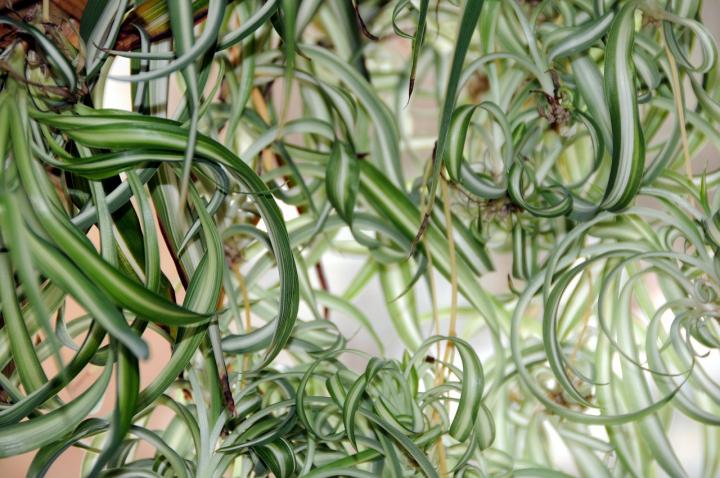
2. Philodendrons
Philodendrons, one of the most popular houseplants, are also excellent air purifiers and remove formaldehyde gases from the air. Plus, they are practically bulletproof plants with quick-growing trailing vines and pretty heart-shaped leaves. They can take full sun to shade if watered regularly. Heart-leaf, split-leaf (Philodendron selloum), and elephant ear philodendrons are the best air cleaners.
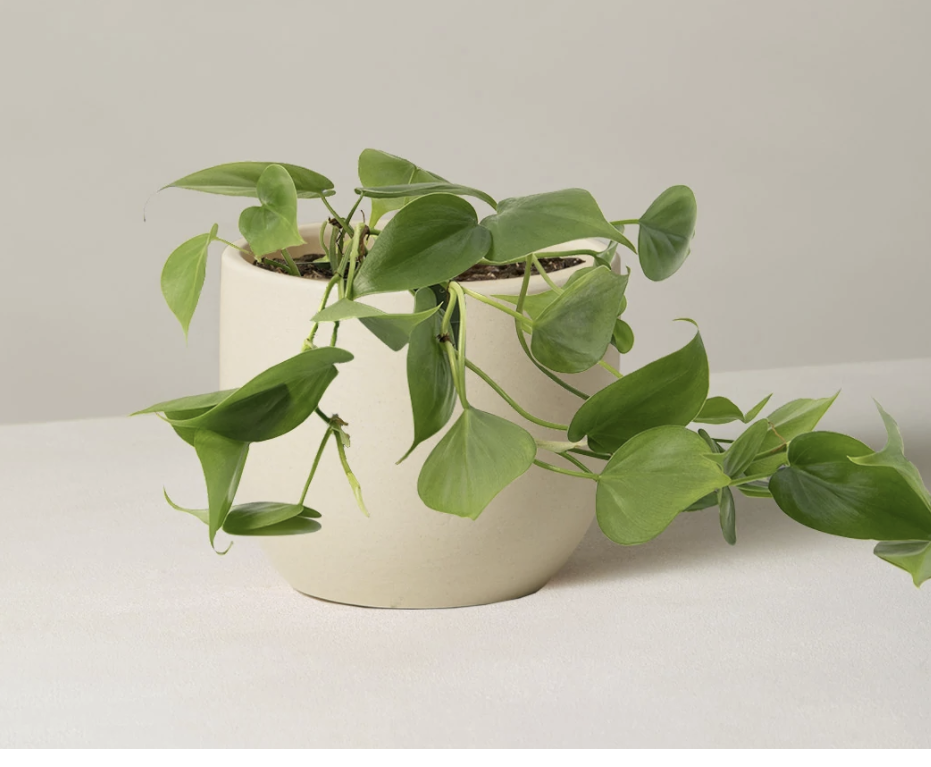
3. English Ivy
English Ivy (Hedera helix) is also a popular, hardy plant that is easy to grow. It removes most pollutants. Ivy doesn’t like high temperatures and prefers to stay cool. Keep moist and spray the leaves weekly to discourage spider mites.
A very effective air purifier that can take on benzene, as well as other compounds, English ivy tolerates fairly low light (although varieties with variegated leaves will lose their markings in too much shade).
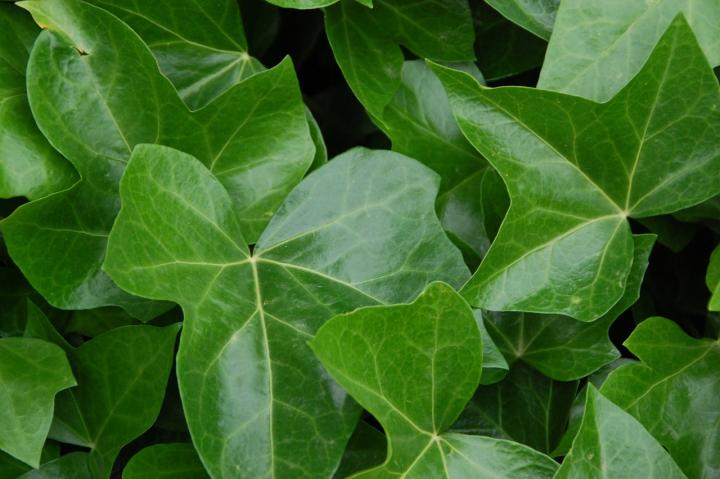
4. Peace Lily
The Peace Lily (Spathiphyllum sp.) is a beautiful plant with a lovely white flower that thrives nicely in average indoor temperatures. Peace lilies are known to clean the air of alcohols, acetone, trichloroethylene, benzene, and formaldehyde. Keep moist in a semi-shady location.
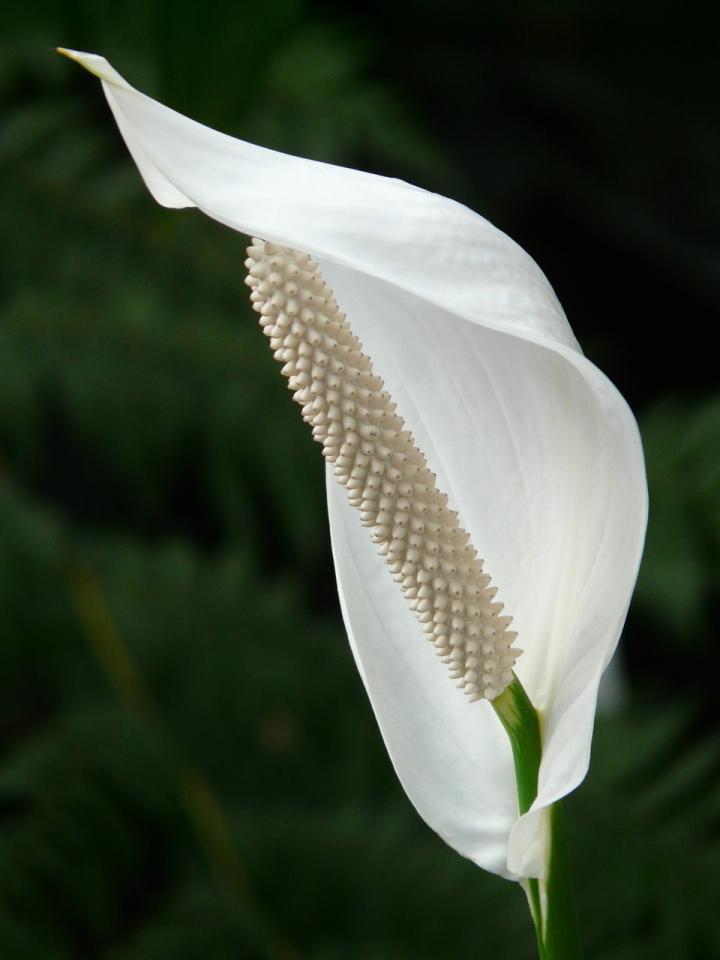
5. Snake Plant
The Variegated Snake Plant (Sansevieria trivasciata), also called “Mother-in-Law’s Tongue,” is very easy to grow. Water heavily, then let it dry out before watering again. It can survive any location, from sun to shade.

6. Bromeliads
Bromeliads win a gold star for cleaning up most pollutants. They release oxygen and remove air pollutants at night while you sleep! These pretty plants, with their bright flowers and green foliage, do best with bright, indirect sunlight or fluorescent office lighting. This drought-tolerant plant doesn’t need much maintenance, but it will get root rot if you overwater it or don’t provide good drainage.
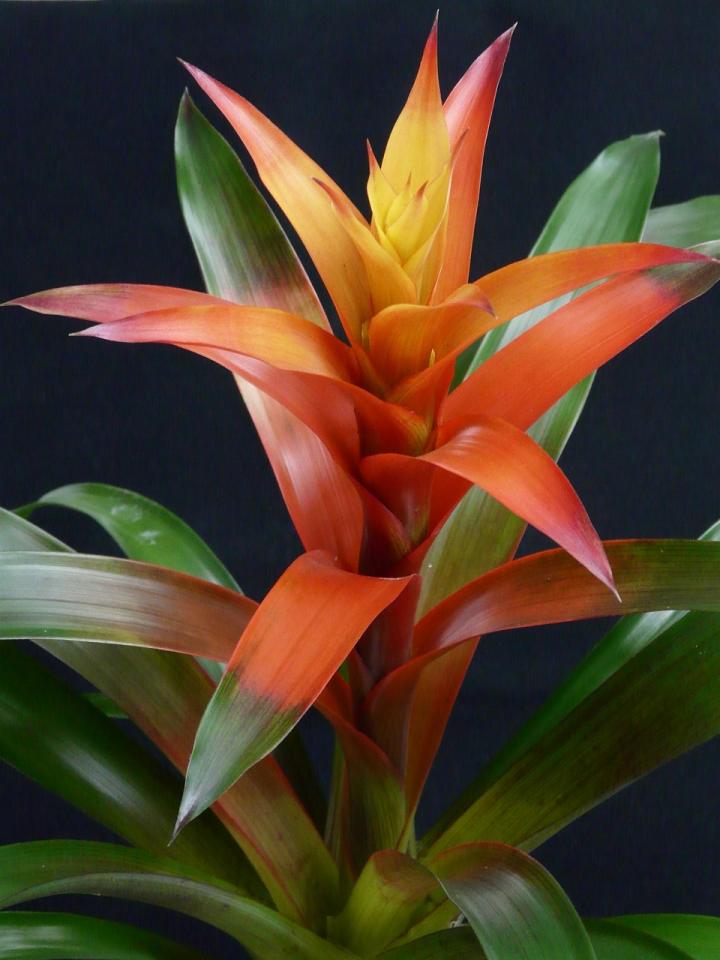
7. Dracaena
Dracaena likes to be kept moist in a semi-sunny to a shady location. ‘Warneck’, ‘Janet Craig’, red-edged, and cornstalk dracaenas have been rated the highest in removing air pollutants. The ‘Janet Craig’ is especially good at removing trichloroethylene; it’s easy to grow and tolerates neglect—buy one for your office and keep one next to your computer desk at home.
8. Weeping Fig
Weeping fig (Ficus benjamina) likes bright indirect light, high humidity, and warm temperatures. Water when the top of the soil feels dry and mist the top regularly.
9. Rubber Plants
Rubber plants (Ficus elastica) tolerate dim light and cool temperatures and remove air toxins from any indoor environment. This plant is especially good at removing formaldehyde, the most common toxin in the home. It grows slowly and tops out at about 10 feet tall indoors.
10. Areca palms
Areca palms (Chrysalidocarpus lutescens) are beautiful, easy plants that remove all indoor air toxins. They also humidify the air (a tall areca palm will add a quart of water a day to your home’s humidity). It is an especially good remover of toluene and xylene.
More Plants That Clean the Air
- If you would rather have flowering plants, two that fared well in the testing were Chrysanthemums and Gerbera daisies. They are effective at removing VOCs and producing blossoms, too!
- Chinese evergreens (Aglaonema) like warm temperatures and medium to low light conditions. Allow it to dry a bit between waterings. Keep out of drafts, which can cause the leaves to brown.
- Reed or Bamboo Palms thrive in low light as long as they are kept evenly moist. An excellent all-around air purifier that will cleanse your home or office of benzene, formaldehyde, and trichloroethylene, these palms are very easy to maintain.
- Other great air-purifying houseplants include Boston fern, aloe vera, and bird of paradise.
See our Houseplants Care Guide on how to keep your houseplants happy and healthy—so that they can keep your air healthier, in turn!
What houseplants do you keep in your home?

